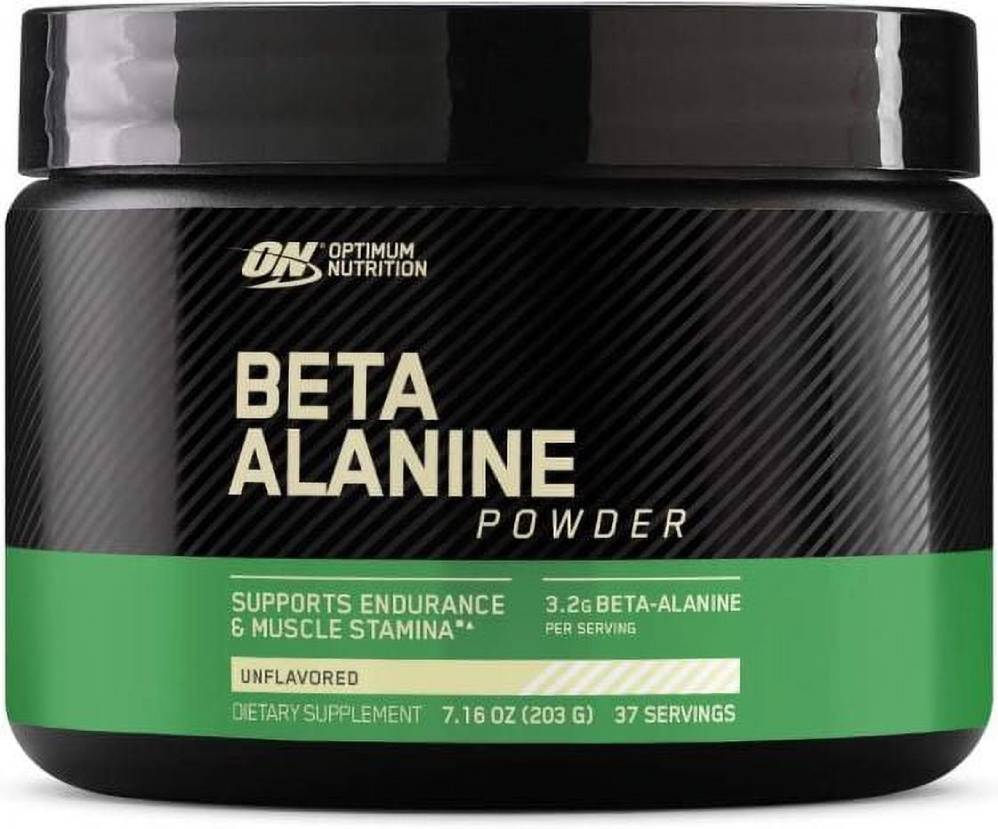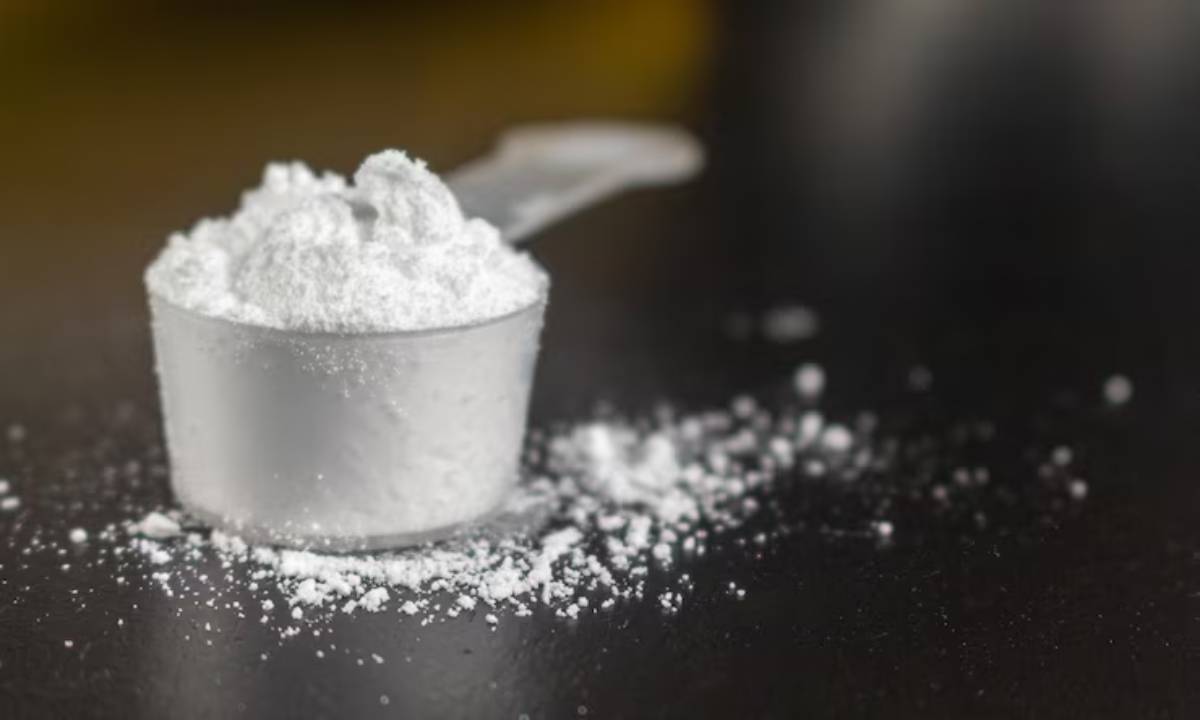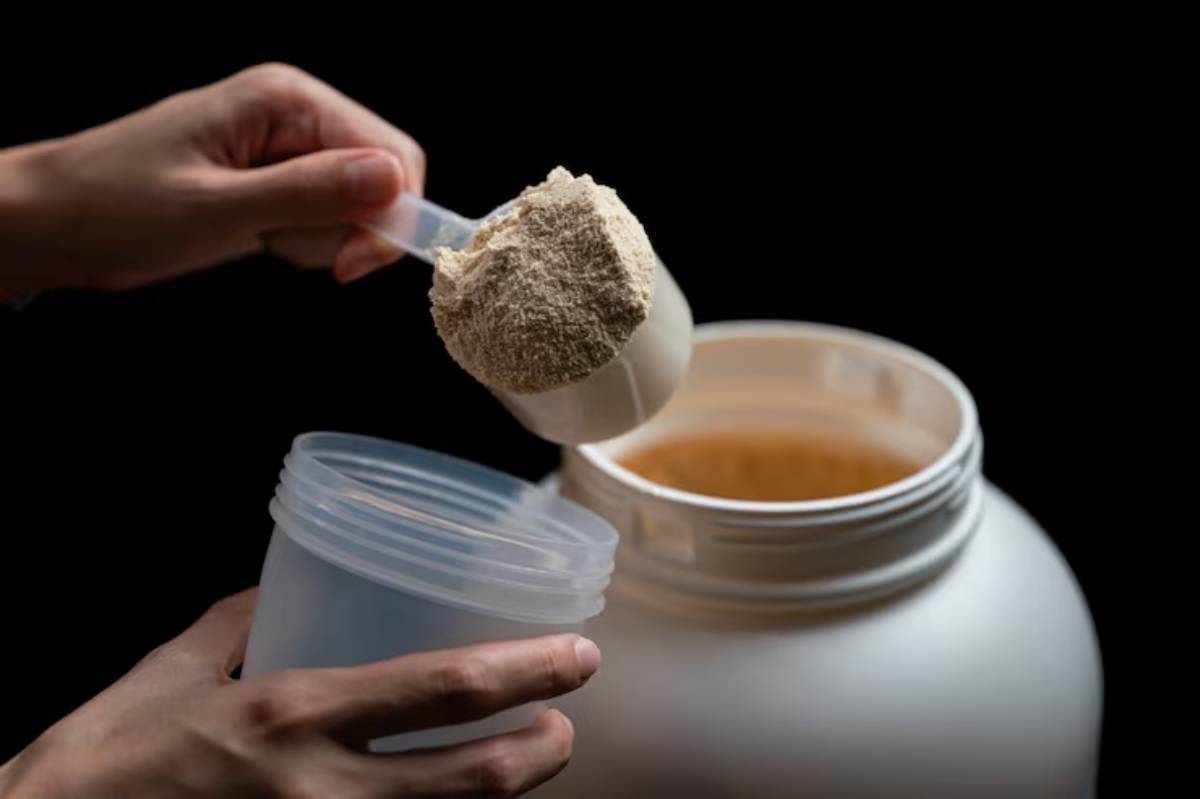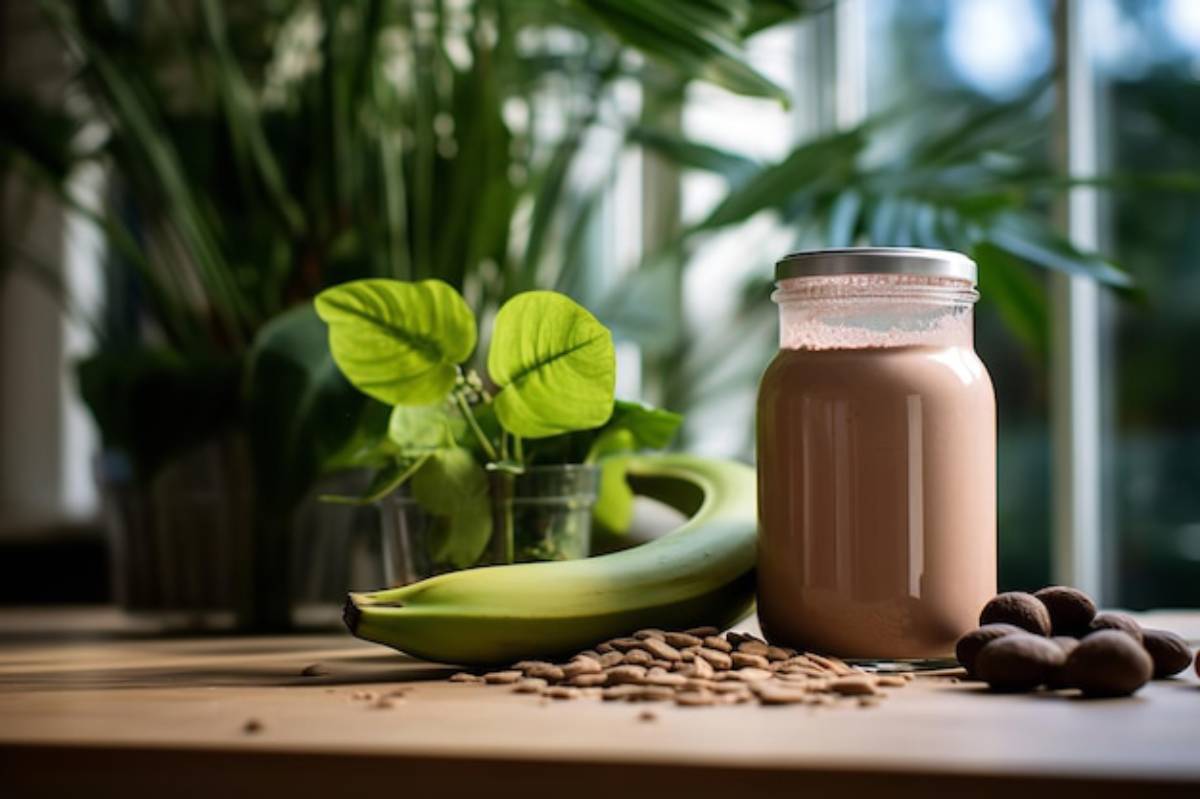
The Truth About Proprietary Blends
If you’ve ever flipped a supplement bottle around and stared at the label, you may have noticed something suspicious a section called “proprietary blend.” It sounds science-y, maybe even powerful. But what does it actually mean?
Here’s the uncomfortable truth proprietary blends often hide the exact dosages of ingredients, leaving you in the dark about what you’re really consuming. In a multi-billion-pound industry where marketing often trumps transparency, it’s essential to know what you’re paying for—and putting in your body.
In this blog post, we’ll explore what proprietary blends are, why they matter, and how to choose supplements you can trust. Whether you’re a seasoned lifter or just starting your fitness journey, this guide empowers you with the facts behind the formulas.
What Is a Proprietary Blend?
A Glossy Label with Hidden Details
A proprietary blend is a group of ingredients listed under a single combined weight without disclosing the amount of each component.
Proprietary Performance Blend: 3,000mg
- L-Arginine
- Beta-Alanine
- Creatine Monohydrate.
This means the entire blend weighs 3,000mg, but the label doesn’t specify how much of each ingredient is in there.
Why Companies Use Them
- “Trade secret” protection: To guard their unique formulas
- Marketing illusion: To include trendy ingredients without effective doses
- Cost-cutting: Cheaper filler ingredients can bulk up the blend
Why It Matters for You
Without knowing the actual dosages, you can’t:
- Assess effectiveness
- Compare products accurately
- Avoid potential overdoses or underdosing
Bottom Line: You wouldn’t buy a car without knowing what’s under the hood. Don’t do the same with your supplements.
Common Pitfalls of Proprietary Blends
1. Underdosed Actives
Many supplements include scientifically supported ingredients, but in amounts far too low to be effective.
- Creatine Monohydrate is effective at 3–5g per day. But in a proprietary blend? You might get just 500mg.
- Beta-Alanine needs at least 3.2g/day for performance. You might get half that, or less.
2. Filler Ingredients
Cheaper ingredients like maltodextrin, taurine, or glycine often bulk up blends.
- Adds little to no value
- Inflates the total weight deceptively
3. All Show, No Substance
Some blends list a dozen trendy ingredients to appear “advanced.”
- Sounds impressive,e but lacks clinical relevance
- Quantity trumps quality on paper
Consumer Insight: Transparency is power. If you can’t verify the dose, you can’t trust the product.
How to Decode Labels
Transparent vs. Proprietary
Look for supplements that list individual ingredient amounts clearly:

- Beta-Alanine – 3,200mg
- L-Citrulline Malate 2:1 – 6,000mg
Compare that to:Performance Matrix- 8,000mg
— L-Citrulline, Beta-Alanine, L-Tyrosine
You get more control and confidence with the former.
Clinical Dosage Benchmarks
Familiarise yourself with evidence-based dosages for common ingredients:
- Examine.com
- PubMed
- Labdoor
Knowing what to look for helps you:
- Spot underdosed products
- Avoid unnecessary add-ons
Red Flags to Avoid
- Vague names like “pump matrix” or “strength complex”
- Too many ingredients (more than 10 is often excessive)
- No third-party testing or quality assurance
Tip: When in doubt, Google the blend name + “clinical dose.”
Case Study: Pre-Workout Showdown
Brand A: Proprietary Blend Pre-Workout
- Total blend: 5,000mg
- Ingredients: L-Citrulline, Beta-Alanine, Caffeine, Taurine, Arginine Alpha-Ketoglutarate
- Caffeine content disclosed: 150mg
- Rest of the dosages? Unknown
Brand B: Transparent Label Pre-Workout
- L-Citrulline Malate: 6,000mg
- Beta-Alanine: 3,200mg
- Caffeine: 200mg
- Taurine: 1,000mg
Which one gives you clinical doses?
Brand B is clearly upfront and more reliable.
Which one do you trust with your money—and your health?
Why Transparent Brands Win
Trust and Safety
- Transparent labels show respect for your decision-making.
- Easier to check for interactions with medications or other supplements.
Performance and Results
- Clinical dosages = results backed by science
- Less guesswork = more confidence in your stack
Real-World Examples
Legion Athletics and Transparent Labs are leading the way with fully disclosed formulas.
Fun Fact: These brands still thrive without proprietary blends, proving honesty can sell.
What to Do Instead
If You Want Real Results:
- Do your homework – Learn clinical dosages
- Read full labels – Ignore the hype.
- Choose reputable brands – Third-party tested, transparent, and consistent
If You Already Use a Proprietary Blend:
- Contact the company for breakdowns (some will share if asked)
- Compare results with a transparent alternative
- Track how you feel—and how your wallet feels too
DIY Supplementing
Want total control? Mix your own stack from single-ingredient bulk powders:

- Creatine Monohydrate
- Beta-Alanine
- Caffeine Anhydrous
- Electrolytes
Bonus: It’s usually cheaper, too.
Final Thoughts: Empower Your Intake
Supplements are supposed to support your health and performance, not manipulate you with flashy names and hidden numbers. Knowing what’s in your supplement is your right—and your responsibility.
So next time you see “Proprietary Blend” on a label, ask yourself is this a product I can trust?
If the answer isn’t a resounding yes, it might be time to leave it on the shelf.
Have you spotted shady blends on your shelf? Share your supplement label wins and fails in the comments. Let’s help each other make smarter choices—and keep the industry honest


